- If you have combination hair—oily scalp and dry ends—your hair care routine will require more intentionality.
- Simple changes can make a significant difference, such as switching to a boar bristle brush and reducing wash frequency to 3-4 times per week.
- Choosing the right products will have the biggest impact on your hair health, such as using a dry shampoo between washes or a hair oil for dry ends.
- Apply clarifying shampoo only to your scalp and rich conditioner only to your ends to address each area's specific needs without worsening either issue.
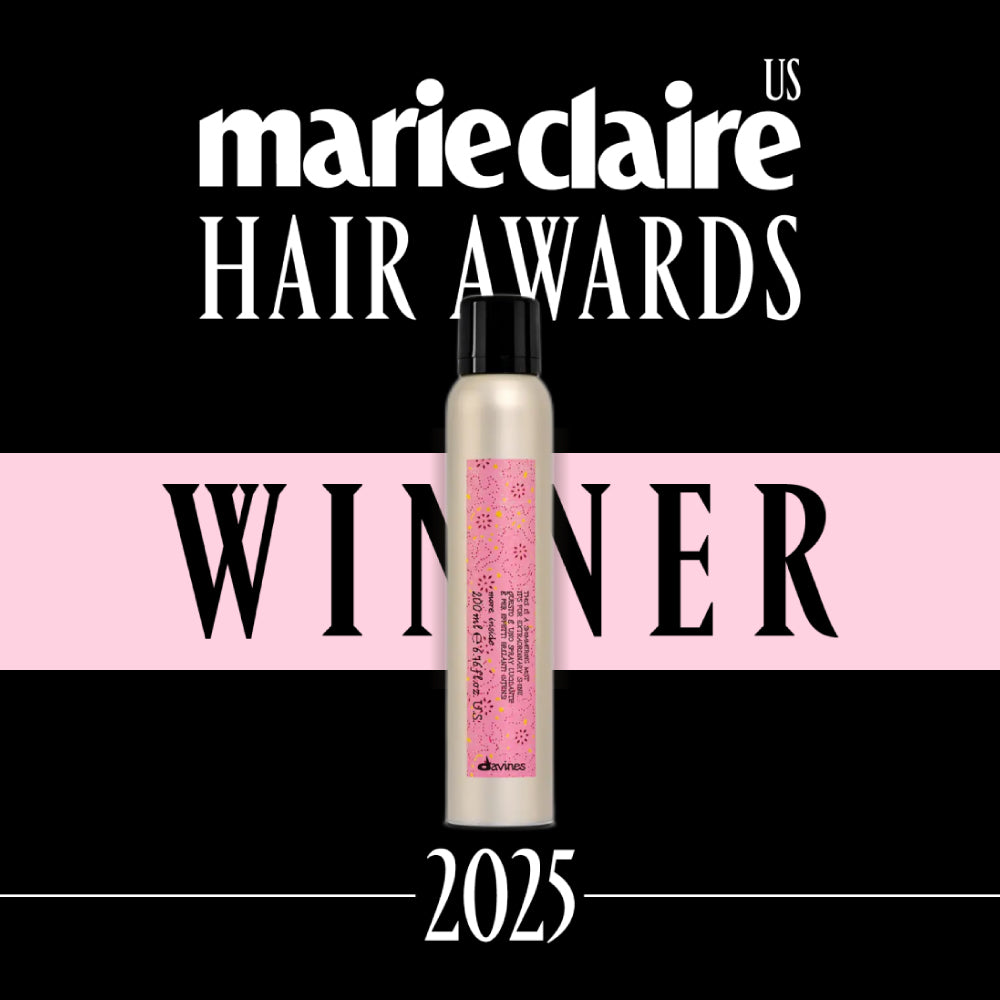


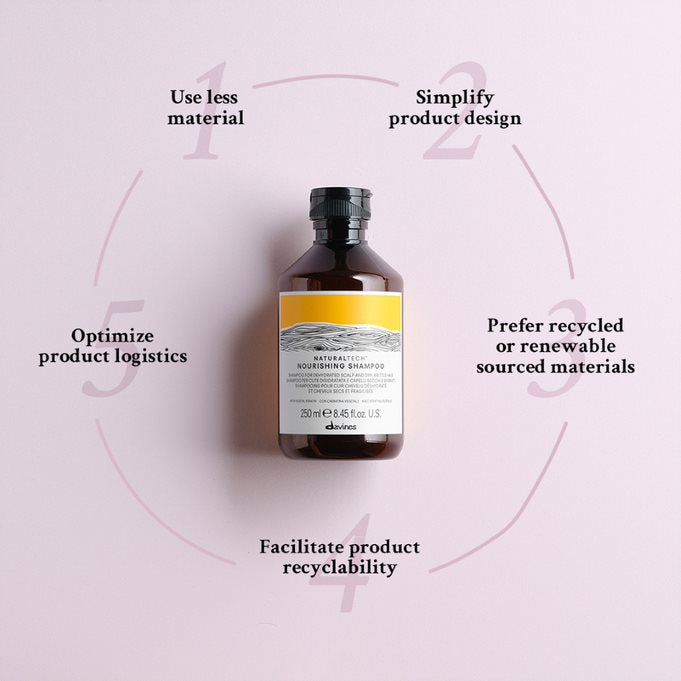
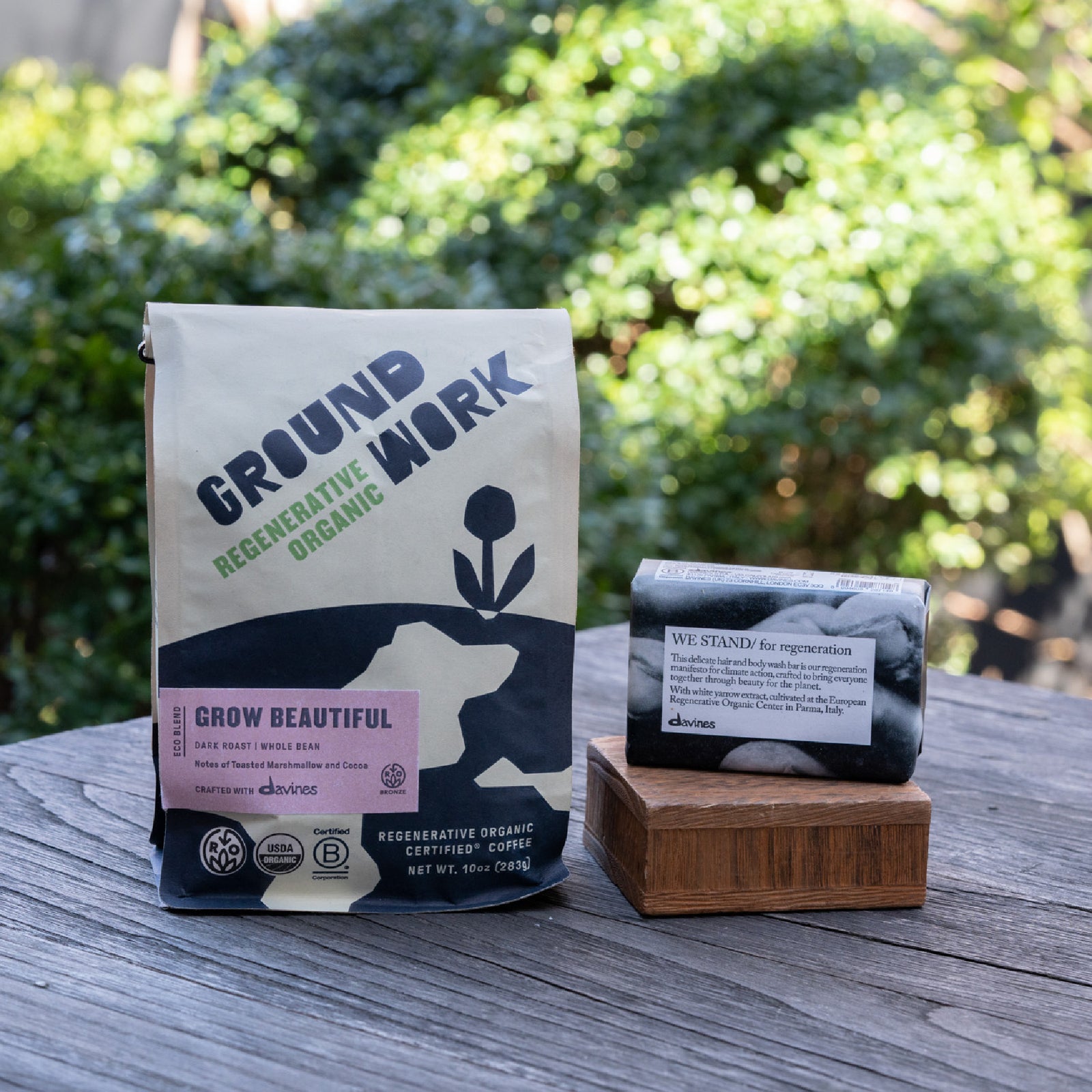
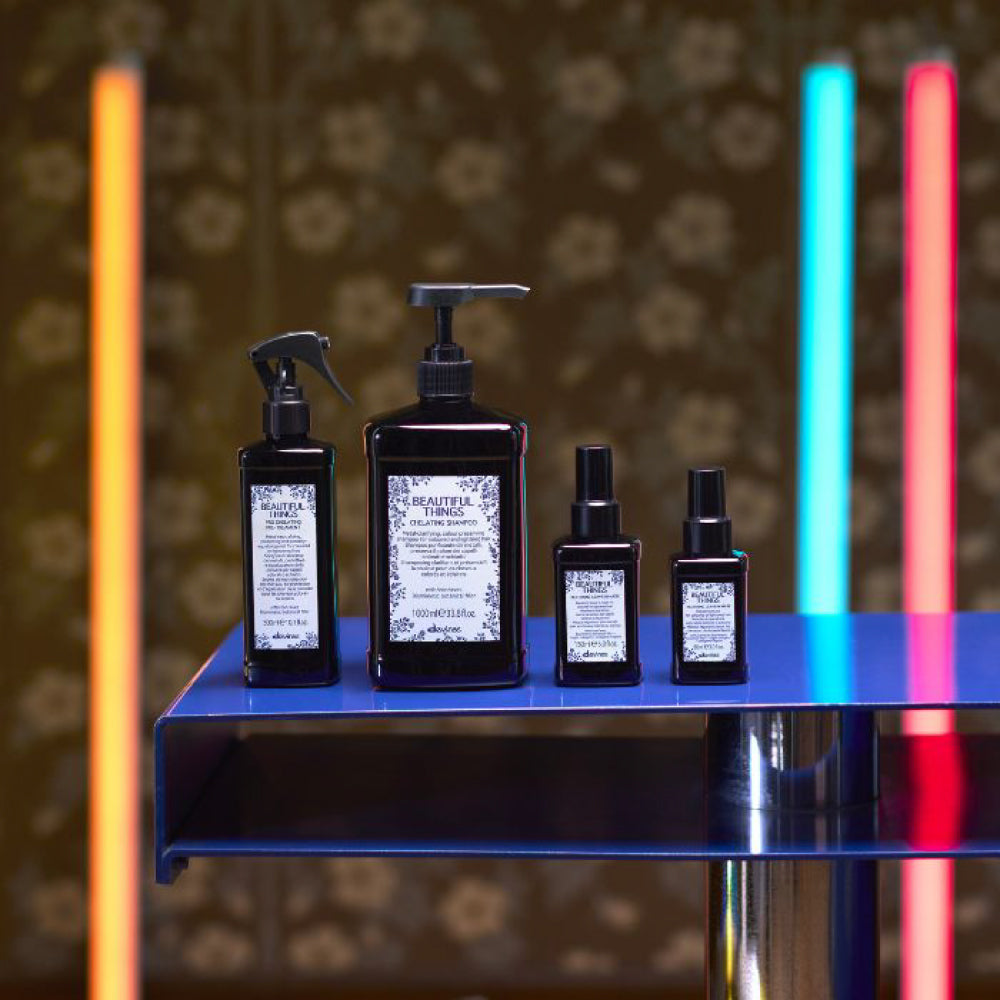

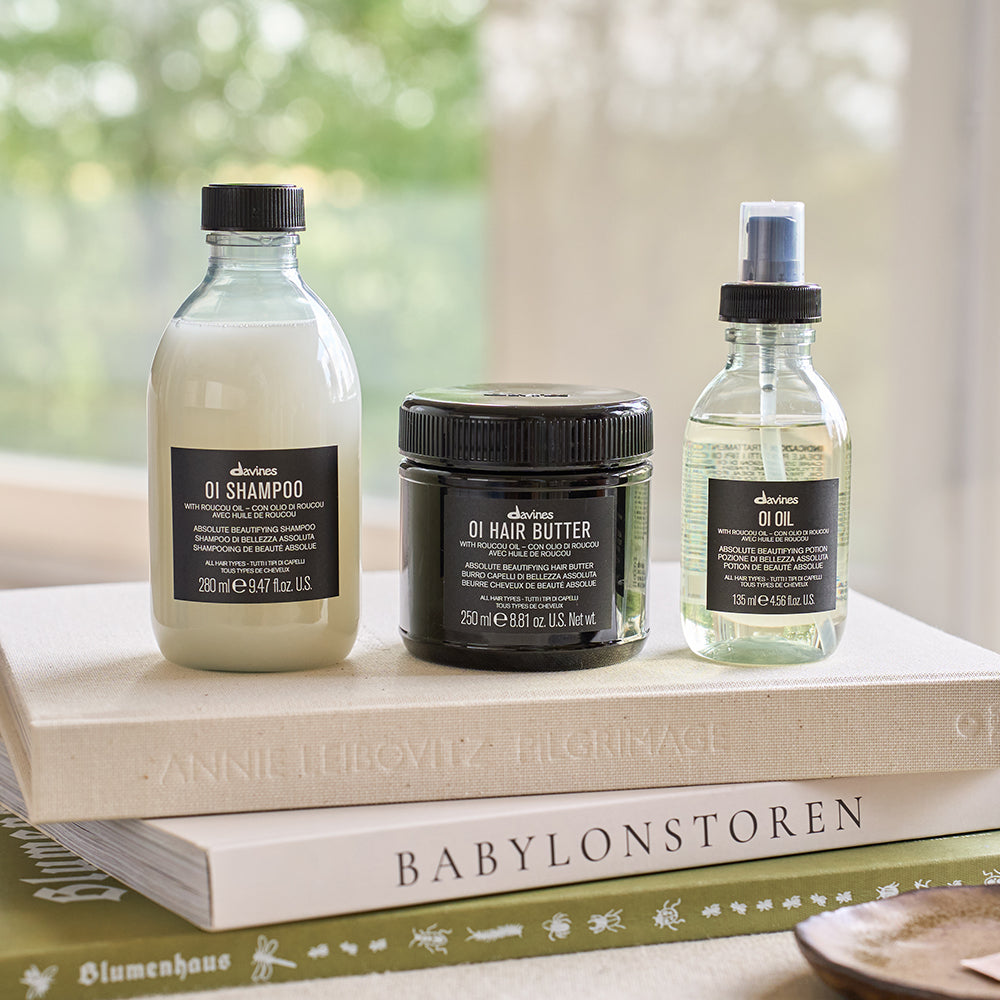
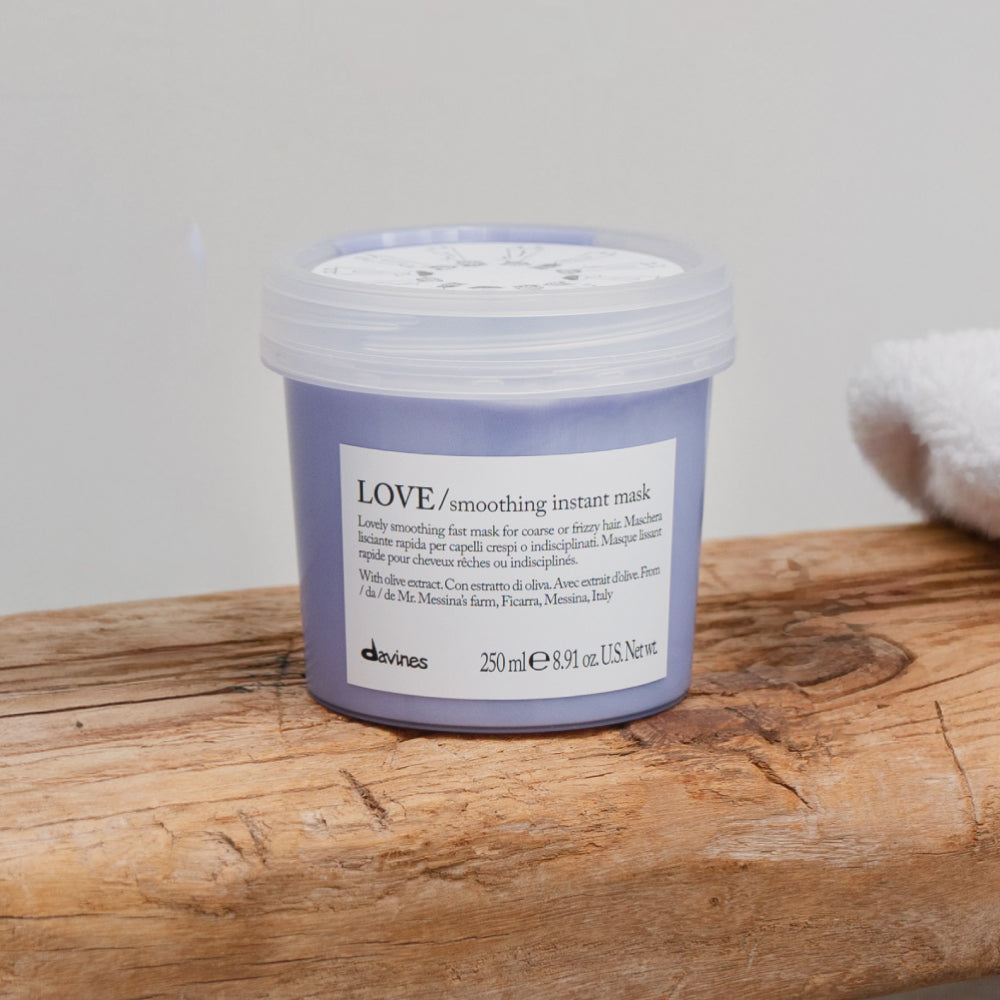
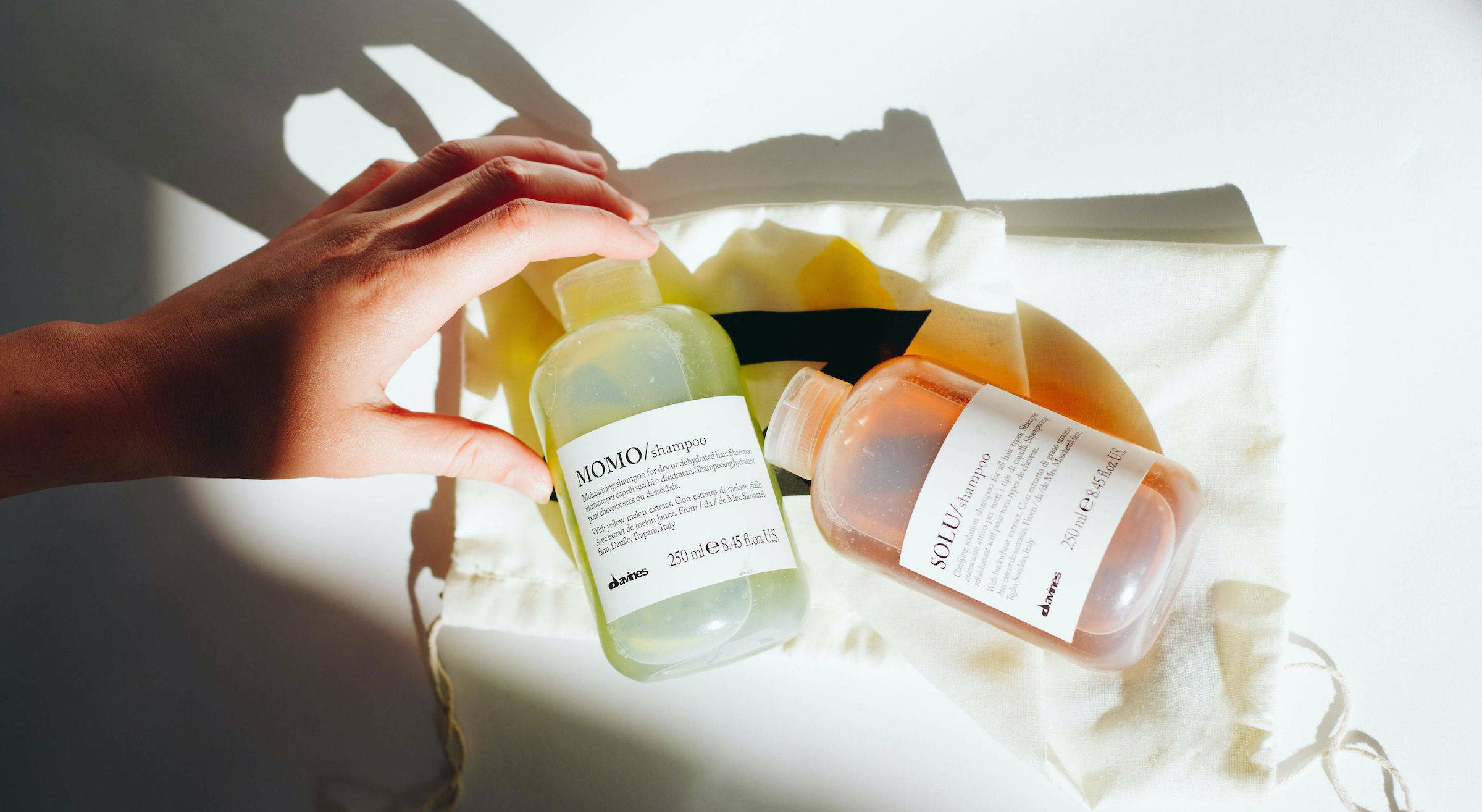

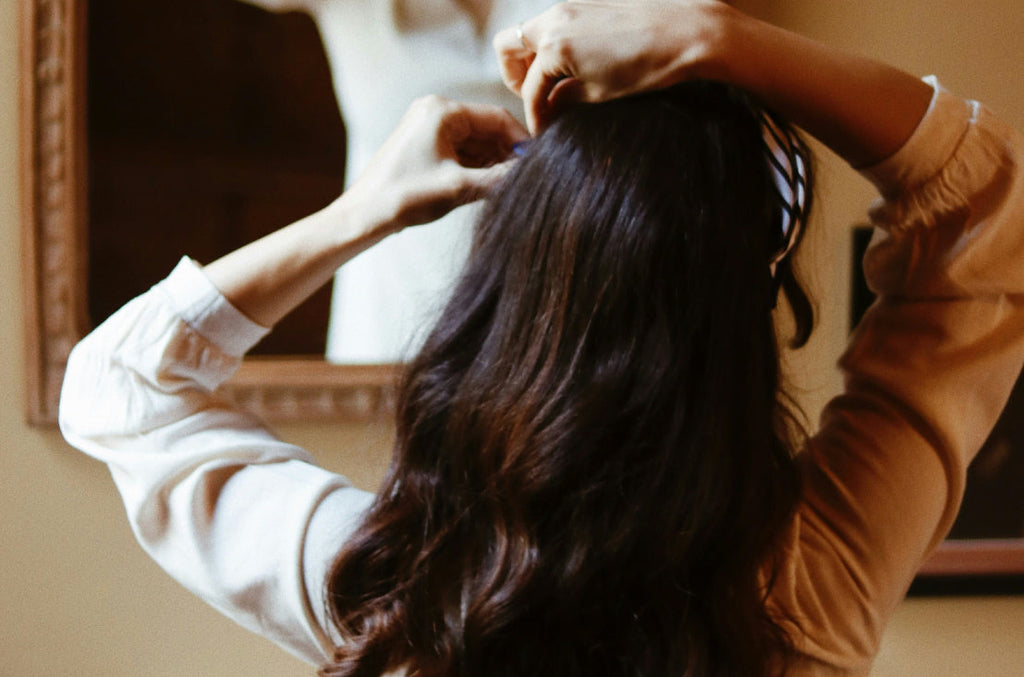
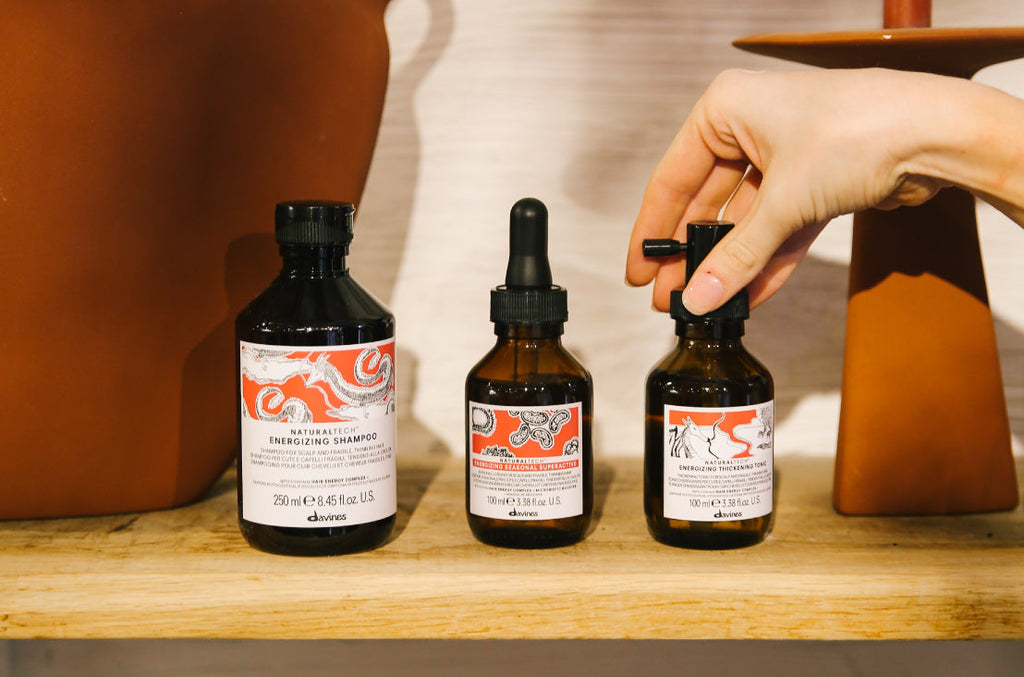
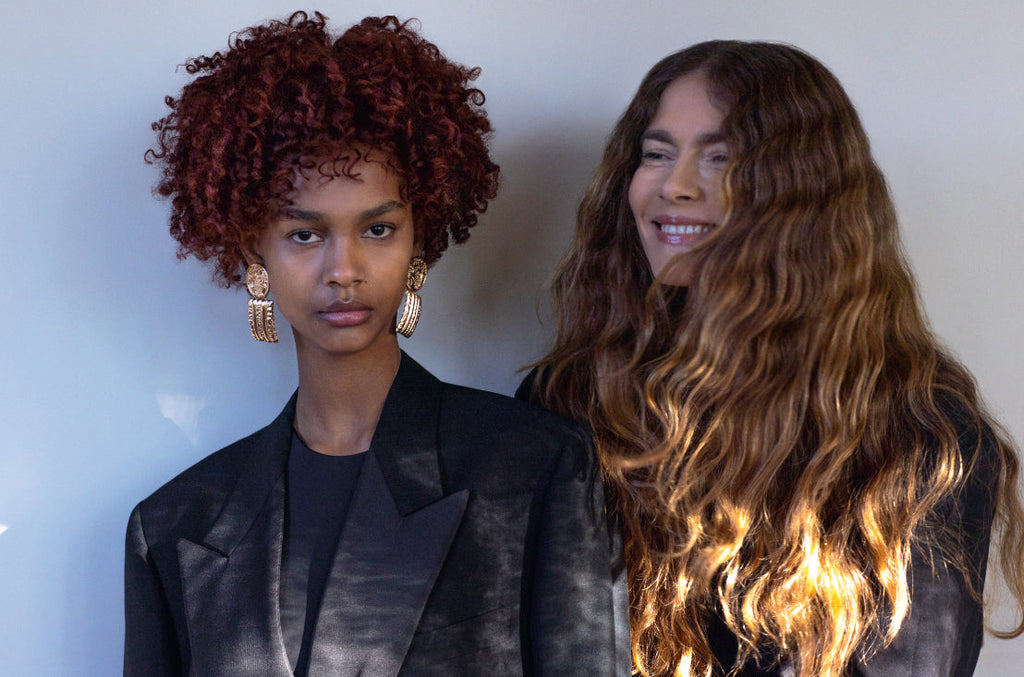
1 Comment
1 Response
Lily Pearce
February 24, 2022
what shampoo/conditioner is best for normal to oily hair?
Leave a comment
Comments will be approved before showing up.